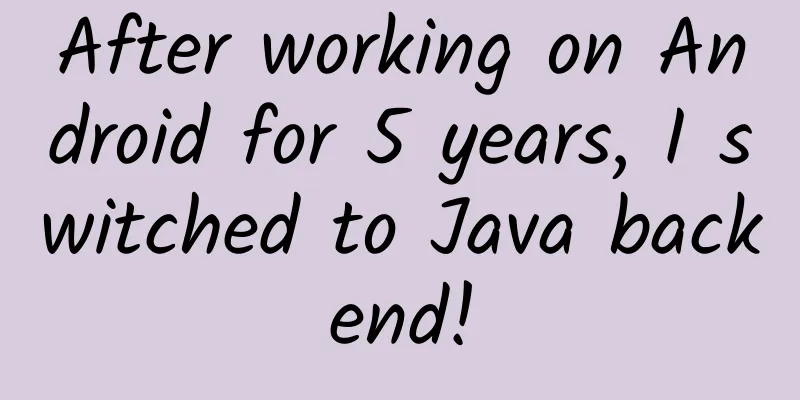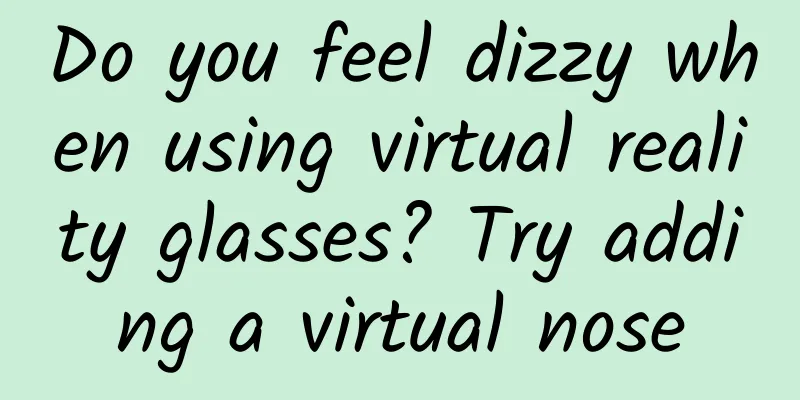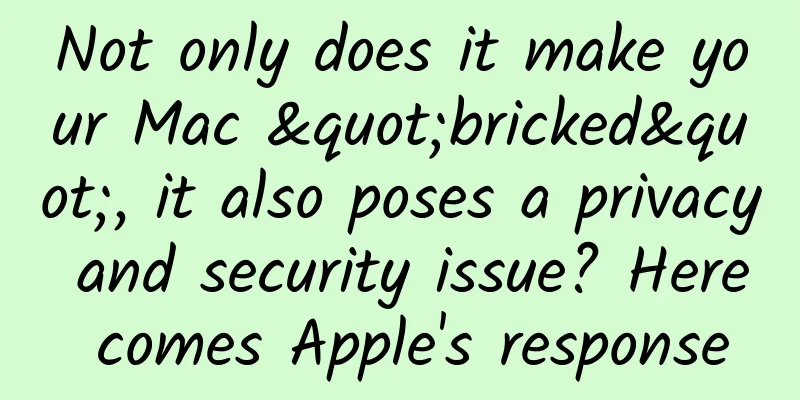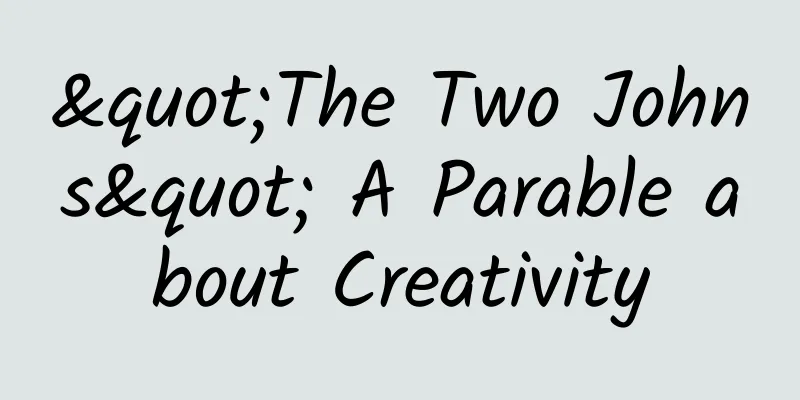After working on Android for 5 years, I switched to Java backend!

|
Many people feel that they have reached a bottleneck after 4 or 5 years of Java development. They know everything and know nothing. How to change the dilemma? Why are many people still coders after 7 or 8 years? Too much passivity in work is due to not understanding the underlying principles. The work pace of the company is relatively fast, and it is difficult to have the opportunity to learn architectural principles, and no one teaches. Therefore, at this time, learning architectural principles and expanding thinking are particularly important for your future career. There are two new employees in the same company. One of them can learn things very quickly, while the other learns very slowly and painfully. New technologies are everywhere. Why? Because the other person understands the principles. Everything has its own rules. If you master the rules, you can learn other things in the same way. If you don't understand the principles, you will run into obstacles everywhere. Learning is very slow and painful. Many programmers have a distress. After working for a long time, they just keep adding, deleting, modifying and checking in the company, but they cannot improve their skills and have no knowledge of the underlying code. They can only use it without knowing its principles! Many friends asked how to deeply learn the Java backend technology stack. Today I will share a Java in-depth learning roadmap compiled by an Internet expert, as well as free learning materials. 1. Read the source code In-depth Java learning requires reading classic source code:
Voiceover: Ask yourself, apart from writing business code, how many excellent open source codes have you read? 2. Distributed Architecture As the business becomes more and more complex, the amount of data becomes larger and larger, and the amount of concurrency becomes larger and larger, the monolithic architecture model obviously can no longer cope with it. As a Java backend architect, a distributed architecture system with high concurrency + high availability + massive data is essential:
Voiceover: Um, do you feel that you have only heard about these distributed theories sporadically, but have never studied them systematically? 3. Microservice Technology System Service layering and microservice architecture are the only way to upgrade the architecture. What Java technology system and microservice-related technologies need to be learned in depth?
Voiceover: You know Spring Cloud and Docker are the trends, so why don’t you make up your mind to learn them? 4. Performance Optimization As a backend Java technical expert, solving performance problems is the real manifestation of an architect's ability. Only by deeply studying the underlying principles of JVM, MySQL underlying optimization and Tomcat tuning can you know the reasons behind it:
Voiceover: Do you have no idea what to do when you encounter performance problems? Do you have to rely on blindly logging and modifying the code? To solve performance problems, you can't just rely on luck! 5. Typical business practice After reading Java source code, learning about distributed and microservice architecture, and mastering performance tuning methods, how can you just be a PPT architect?
Voiceover: Do you have no idea what to do when you encounter performance problems? Do you have to rely on blindly logging and modifying the code? To solve performance problems, you can't just rely on luck! |
<<: Theoretical basis for improving your App startup speed
>>: Apple's trillion-dollar market value may be its last
Recommend
Is information flow too expensive? Tell you how to create the effect of 5 million with 500,000!
With the expansion of social networks , the incre...
Apple’s App Store revenue hit a new record in 2021. How long can Apple continue to “win without doing anything”?
Apple said on Monday that it now has 745 million ...
Zhihu Institutional Account Operation Manual
Last year, I wrote Zhihu Institutional Account Op...
Ningbo Mini Program Production Company, how much does it cost to produce a home textile mini program?
How much is the quotation for home textile produc...
APP Promotion: Practical Thoughts on Low-Cost Growth of Financial Apps!
Scenario—Creativity—Benefit Point—Cycle—Channel, ...
How to do online promotion?
With the continuous development of the Internet, ...
Toyota develops new permanent magnets for electric vehicles to reduce reliance on rare earths
According to foreign media reports, Japanese auto...
Why are vest apps so popular?
A fake APP is a small APP developed by developers...
The four most common types of pimples on the hands, face, and neck may not be ordinary skin diseases!
When it comes to HPV (human papillomavirus), dise...
Realizing 2030: A new era of human-machine collaboration
Dell Technologies released a report titled "...
Why has the dreaded miasma in the primeval forest disappeared now?
Your browser does not support the video tag Autho...
Qualcomm Snapdragon can run Win10. What does Microsoft want to do?
The yellow bell is broken and discarded, while the...
Essential skills for Tik Tok copywriting planning!
How does a novice copywriter write a brand new sh...
What are the advantages of bidding software compared to other software?
Many people who do Baidu bidding promotion will u...









